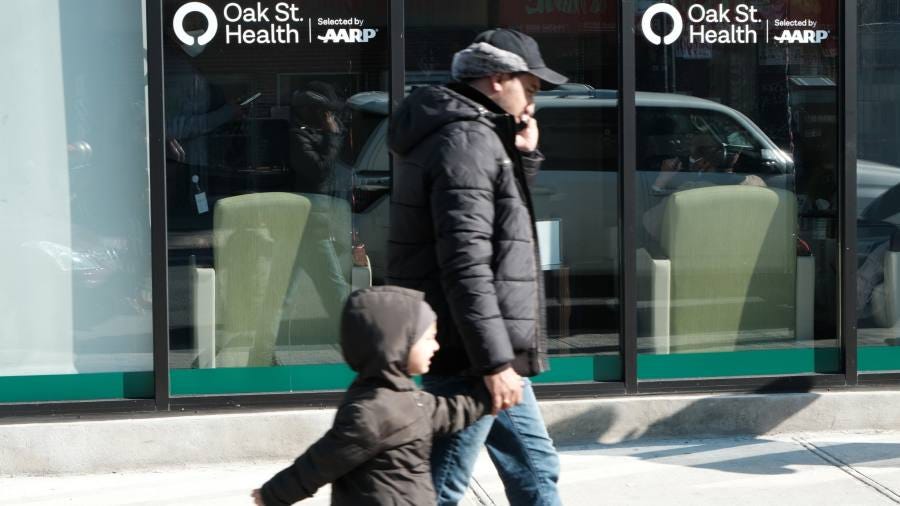health and tech institute (HTI)
strategy for continuous health transformation
Joaquim Cardoso MSc
Founder and Chief Researcher & Editor
February 17, 2023
EXECUTIVE SUMMARY
Merger and acquisition activity in the US has yet to stir from its sick bed following a weak 2022. One sector remains in rude health, however.
- Patient care has emerged as a bright spot for Wall Street financiers as companies jostle to take advantage of a shift in how medical care is paid for in the US.
- This has been driven by a push to reduce healthcare spending and increase efficiency, as well as a shift towards value-based care.
- CVS Health, Amazon, and other companies have recently made significant acquisitions in the primary care space.
- However, there are downsides to primary care M&A, such as high target prices and capital-intensive operations.
- Nonetheless, it is expected that more money will be spent in this area as it delivers preventive care, and this partly explains why the defensive S&P Healthcare index has climbed over the past year while the broader market fell.
DEEP DIVE

US M&A: primary care dealmaking is in rude health
Financial Times
February 16, 2023
Merger and acquisition activity in the US has yet to stir from its sick bed following a weak 2022.
One sector remains in rude health, however.
Patient care has emerged as a bright spot for Wall Street financiers as companies jostle to take advantage of a shift in how medical care is paid for in the US.
Interest in healthcare transactions bucks a broader trend.
Only 1,090 deals, worth $100bn, have been announced so far this year, according to data from LSEG.
That marks a 50 per cent drop in volume and an even steeper 60 per cent decline in value from the same period last year.
CVS Health agreed to buy primary care provider Oak Street Health last week for $10.6bn.
That comes just months after the drugstore operator snapped up home care provider Signify Health for about $8bn.
Even Amazon is wading in, buying primary care operator One Medical for about $3.9bn last summer.

A push to reduce healthcare spending and increase efficiency forces consolidation.
The US federal government is the top customer, providing $1.6tn on Medicare and Medicaid healthcare benefits in 2021 — or more than a third of the total.
In recent years, government programmes have shifted towards value-based care.
Unlike the traditional fee for service model, the value-based approach tries to reward doctors for keeping patients healthy instead of paying for every service they perform.
Helping people stay healthy, and manage their chronic health problems, ideally means fewer costly hospital stays.
Primary care clinics and home care services can deliver this preventive care well.
More money is expected to be spent in this area. That partly explains why the defensive S&P Healthcare index has climbed over the past year while the broader market fell.

There are downsides to primary care M&A.
Target prices are high. Opening and running medical practices is capital intensive. Neither Oak Street nor One Medical is profitable.
Companies with large health insurance divisions such as CVS and UnitedHealth have better odds of benefiting from acquisitions by reducing claims.
Originally published at https://www.ft.com on February 16, 2023.












